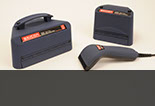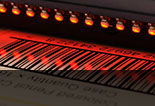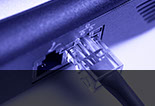Which barcode to use?
All of these GS1 barcodes can represent a Global Trade Item Number, the number which identifies a product. A GTIN may be 8, 12, 13 or 14 digits in length. If you need to be able to allocate GTINs to your own products, contact your local GS1 member organisation for information about how to obtain your own block of numbers. The GS1 member organisation for the US is GS1 US.

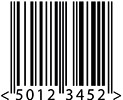
EAN-8
This barcode encodes an eight digit global trade item number (GTIN-8). These GTIN-8s are used to identify for very small products, and are allocated directly by each GS1 member organisation.
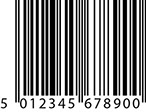
EAN-13
This bar code encodes a thirteen digit global trade item number (GTIN-13). These are the most commonly used barcodes of the GS1 System.
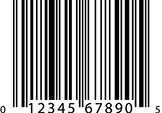
UPC-A
This barcode encodes a twelve digit global trade item number (GTIN-12). These were the first barcodes used by the GS1 System in the USA, and are fully compatible with EAN-13 symbols.
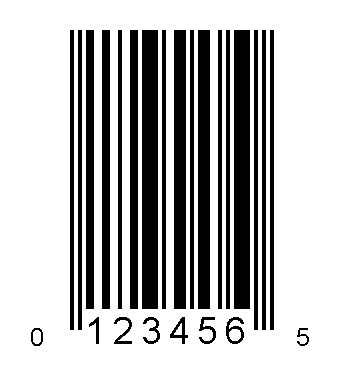
UPC-E
This barcode encodes a GTIN-12 that includes several zeroes. The GTIN encoded in this symbol is 001234000057. These symbols are intended for use on very small products, and are usually found on products sourced from the USA.
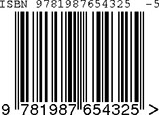
ISBN
The ISBN (International Standard Book Number) is a GTIN-13 beginning with 978 or 979, and is used to identify books. The ISBN number is encoded into an EAN-13 barcode. ISBNs are allocated to publishers by Nielsen Book Services, the UK’s ISBN agency.

ISSN
The ISSN (International Standard Serial Number) is an eight digit number used to identify newspapers, journals, magazines and periodicals of all kinds. The ISSN number (excluding the check digit) is converted into a GTIN-13 using the prefix 977, and extra data. ISSNs are allocated in the UK by the British Library, the UK’s ISSN agency.
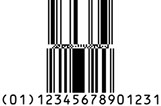
GS1 DataBar Stacked
GS1 DataBar is a family of symbols that are smaller than EAN/UPC barcodes and they can encode additional information such as serial numbers, lot numbers or expiry dates. These can be used throughout the supply chain, including at the retail point of sale. The example here is a GS1 DataBar Stacked Omnirectional symbol that encodes a GTIN-13.
GS1 DataBar Expanded
This is an example of a GS1 DataBar Expanded Stacked symbol that encodes a GTIN and a netweight. This would be used on an item such as a joint of meat. It is slightly larger than an EAN-13 barcode.

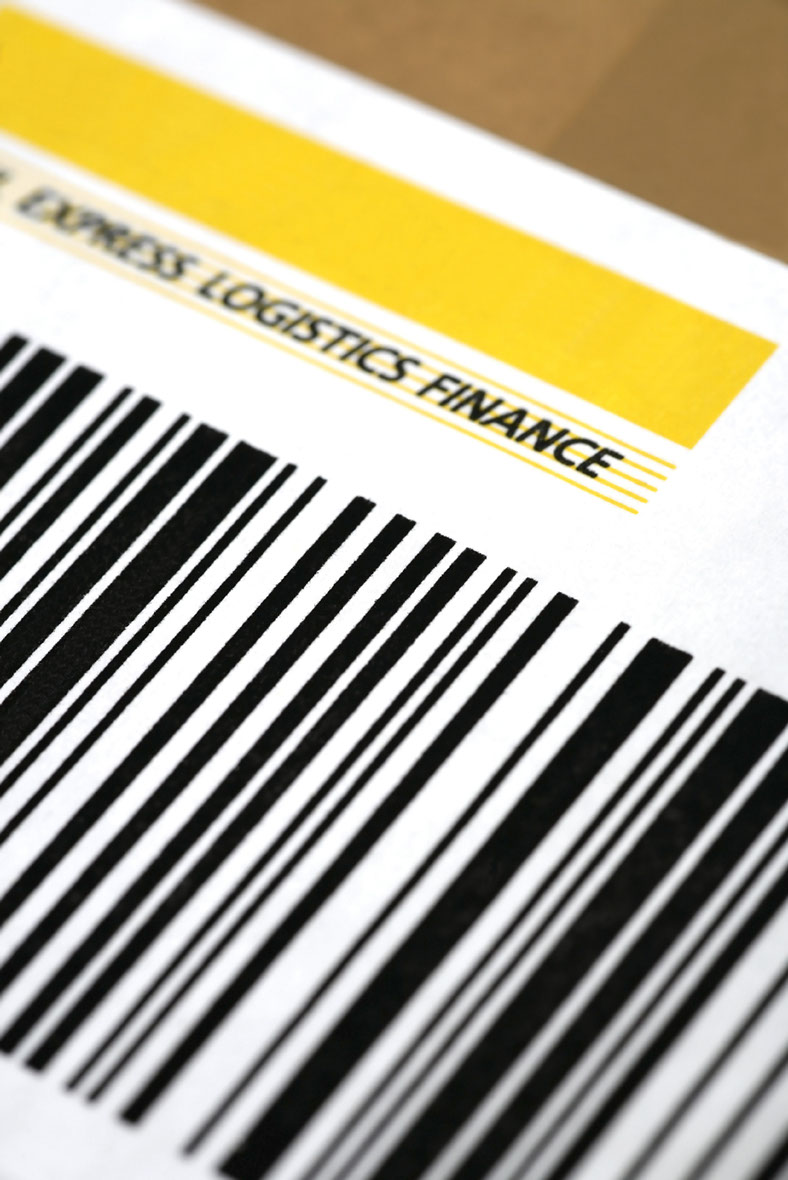

ITF-14
The ITF-14 (Interleaved Two of Five – 14) symbol is specially designed to be printed directly onto corrugated fibreboard cases. It can encode GTIN-12, GTIN-13 or GTIN-14 numbers, and is used on trade items not crossing a retail point of sale. This symbol is much larger than an EAN-13 symbol.
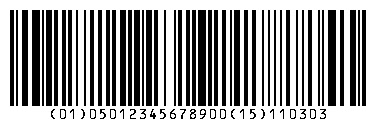
GS1-128
A special subset of Code 128, GS1-128 bar codes can encode all GS1 identifiers, such as GTINs for products, asset identification numbers, and serial shipping container codes for logistics units. They are usually printed on-demand as they often encode variable data such as best before end or expiry dates. The example here encodes a GTIN and a best before date.
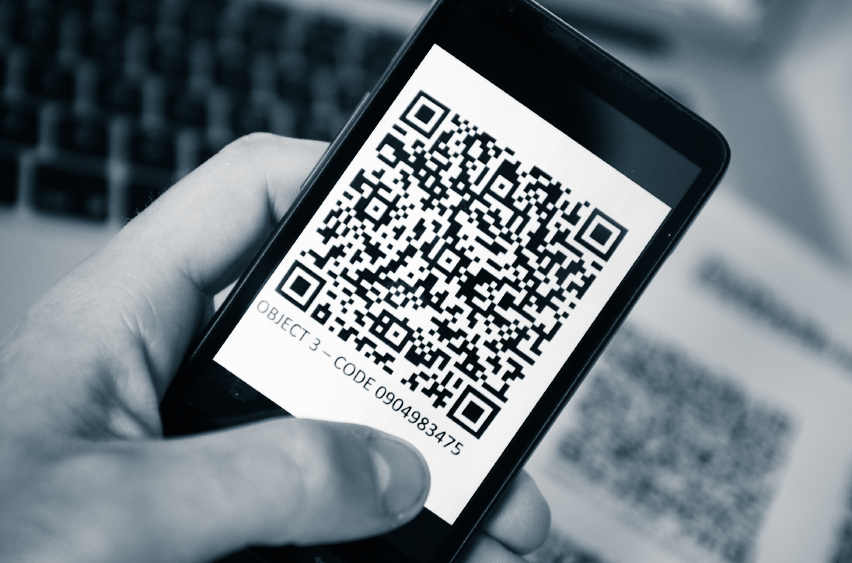
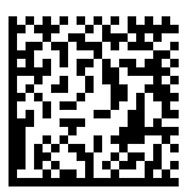
DataMatrix
GS1 DataMatrix is a special subset of Data Matrix, and is a two-dimensional symbol that must be read by a vision- or camera-based scanner. It cannot be used at retail point of sale, but it is the preferred symbol in the healthcare sector. It can be used to encode GTINs for products together with a batch number and expiry date. It is also used when identifying returnable surgical instruments or patient wristbands. The example here encodes a GTIN with a batch number and expiry date.

QR Code
These symbols are increasingly being used by companies as a way of communicating directly to consumers via their smartphones. These symbols often provide a link to a home or promotional page on a company’s website.

